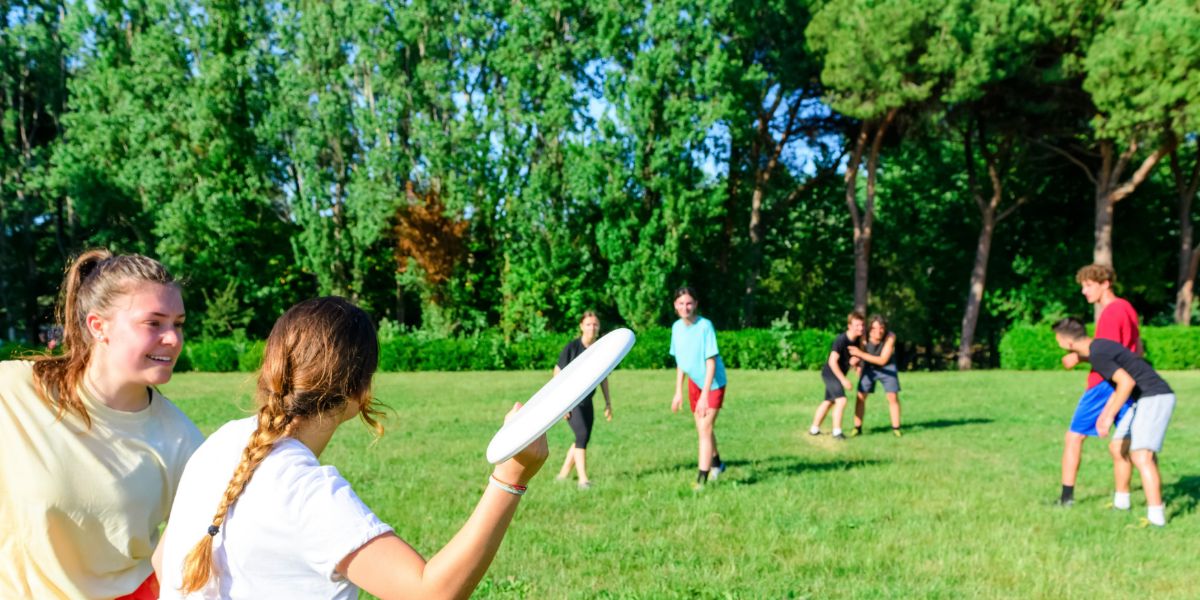Physical activity in outdoor spaces is more beneficial for your health than exercising indoors, researchers have said.
A new study has found that exercising in parks or other natural settings is associated with better health outcomes.
Lead author Professor Jay Maddock said: “Despite this, the research is clear that natural settings could be an effective venue for promoting physical activity.
“People generally enjoy being outdoors, with parks, trails and community gardens being the most popular venues.”
Individuals are likely to exercise in parks and other natural settings because they often have clear signage and feel like safe and welcoming environments.
Additionally, outdoor exercise classes would encourage more people to work out in parks and other natural settings.
- Compound exercises and how they support healthy aging
- Dua Lipa: Pre-workout protein regimen contradicts long-standing belief of carbs before exercise
- Reduced depression risk associated with low intensity exercise
Professor Maddock noted: “Parks and trails are particularly important due to their accessibility and widespread availability, but access varies significantly by geography, and rural areas often have less access to natural spaces because they have more privately held land.
“For example, nearly 98% of Illinois residents live within half a mile of a park, compared to only 29% in Mississippi.”
Men are more likely to exercise in parks and greenspaces than women, the study has reported. White and Asian people are also more likely to engage in outdoor physical activity in parks compared to Black individuals.
Joint author Howard Frumkin said: “Some groups – Black, Indigenous, and other people of colour and immigrant and refugee populations, for example – often have experienced historic or current discrimination that hinders their use of natural spaces, and they routinely have less access to high-quality parks.
“In addition, children, the elderly and people with disabilities face challenges in accessing natural spaces. Ensuring that these spaces are safe and easy to navigate, with appropriate programming, could help increase their use of parks and other natural settings.”
In response, the researchers have created four options that healthcare professional could use to help their patients experience the benefits of parks and other natural settings.
The first option consists of healthcare professionals simply prescribing nature contacts to their patients.
Professor Maddock said: “Recommending that patients spend more time in these settings is known as nature prescriptions or ParkRx, and while more research is needed, the studies to date suggest that this approach is effective.”
The second option would see healthcare professionals engaging in physical activities in outdoor spaces, with the aim to encourage patients to do the same.
- Walking 10,000 steps is good for our health after all
- Walking and doing yoga can help treat depression
- 22-minute daily walk day can eliminate risk of death linked to a sedentary lifestyle
Meanwhile, the third consists of healthcare professionals to support community efforts that promote the use of outdoor spaces.
The final option would see healthcare professionals to help create and maintain parks and greenspaces by steering funds into these efforts.
Professor Maddock added: “It is clear that the use of parks and natural settings for physical activities could be a potentially powerful tool for promoting two important health behaviours simultaneously.
“This could be especially important given that the majority of Americans do not get enough exercise or spend enough time outdoors.”






